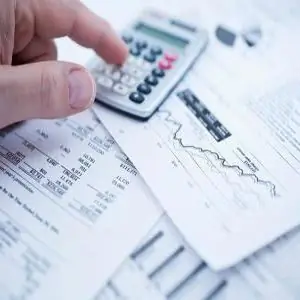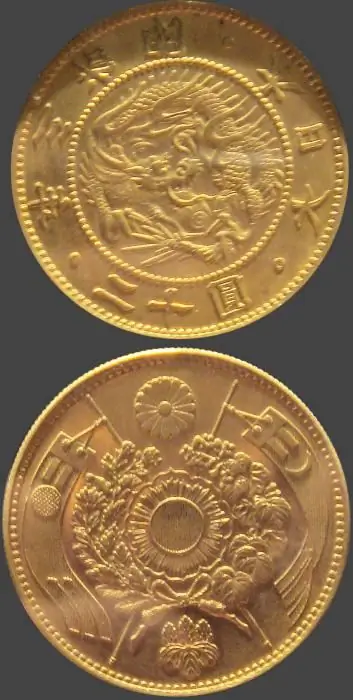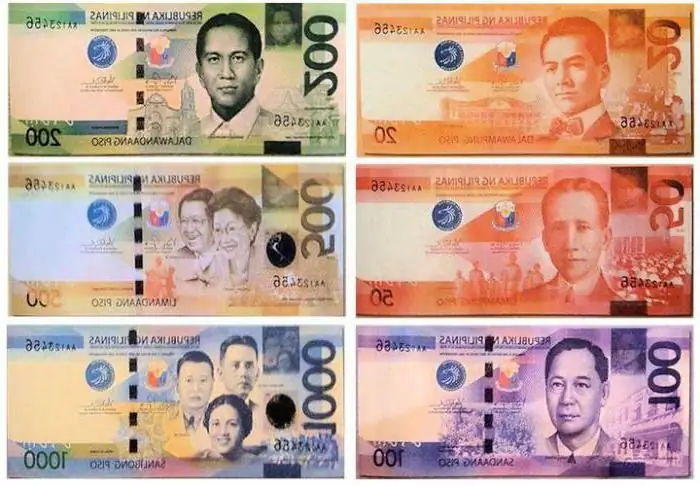2025 Author: Howard Calhoun | [email protected]. Last modified: 2025-01-24 13:10:37
Today, the Japanese yen is considered an active trading instrument for the global foreign exchange market. In addition, the Japanese currency is included in the group of major reserve currencies along with the euro and the US dollar.
Japanese yen: history of emergence and development

from 1600 to 1868 in Japan there was a very complex monetary system called Edo. It included a variety of banknotes - copper, gold and silver coins, as well as banknotes. In addition, the currency of the central government differed from the banknotes of the 244 separate principalities that existed at that time. In addition, there were also fractional units. But due to technological progress and active economic development, such a system has become impractical.
The Meiji Restoration in 1871 was also marked by significant reforms. Around the same time, the yen appeared. Translated, this word means "circle". At the time of its inception, 1 Japanese yen was equal to 1.5 g of gold. Interestingly, over the following years, the gold standard often changed depending on the economic situation in the country.
By the way,As an international currency, the yen was approved only on May 11, 1953. It was on this day that the International Monetary Fund approved a resolution that equated this monetary unit to 2.5 mg of gold. At the beginning of its existence (from about 1949 to 1971), the Japanese currency was pegged to the US dollar. Back then, $1 was worth 360 yen.

But in the following decades there were several devaluations at once. Very soon, the yen became a much more valuable and stable unit.
It's no secret that Japan's economy suffered greatly in 2011 due to the earthquake and related disasters. But, despite all the experts' forecasts, the yen not only did not fall in price, but, on the contrary, began to rise in price rapidly. Naturally, the national bank of the country took the necessary measures - several significant injections were made into the financial system. However, the currency of Japan is still quite expensive.
Japanese yen: current denominations
Today, both paper notes and coins are in free circulation in Japan. There are banknotes worth one, two, five and ten thousand yen. In addition, metal coins of one, five, ten, fifty, one hundred and five hundred yen are used in everyday life.
Japanese yen: exchange rate against the ruble and other world currencies

Today, one hundred yen is worth about 0.98 US dollars. It is also important to know the exchange rate of the Japanese monetary unit to another world currency - for a hundred yen you can buy 0.76 euros.
As for the Russian ruble, the national bank offers the following exchange rate - about 31 rubles per hundred monetary units of Japan. By the way, for 10 Ukrainian hryvnias you can buy about 100 yen.
Today, Japan's financial systems are considered a very profitable investment among business people. After all, historical data confirm that the yen has only been growing in value throughout its existence. Therefore, some experts consider deposits in Japanese currency to be the best option.
Recommended:
Exchange rate differences. Accounting for exchange rate differences. Exchange differences: postings

The legislation that exists today in the Russian Federation, within the framework of Federal Law No. 402 "On Accounting" dated December 06, 2011, provides for the accounting of business transactions, liabilities and property strictly in rubles. Tax accounting, or rather its maintenance, is also carried out in the specified currency. But some receipts are not made in rubles. Foreign currency, in accordance with the law, must be converted
What is the difference between the cadastral value and the inventory value? Determination of the cadastral value

Recently real estate has been valued in a new way. The cadastral value was introduced, providing for other principles for calculating the value of objects and as close as possible to the market price. At the same time, the innovation led to an increase in the tax burden. The article describes how the cadastral value differs from the inventory value and how it is calculated
The yen is a Japanese currency with a rich history

Few people know the name of the Japanese currency, because in the foreign market the yen is the third most popular, second only to the US dollar and the euro. It was introduced in 1872 by the Meiji-led government with the aim of creating a system similar to the European
Currency of the Philippines: history, exchange rate against the ruble and the dollar, exchange

The article discusses the currency of the Philippines. It contains a brief historical overview, provides data on the exchange rate, contains information on where and how you can exchange the Philippine peso for the money of other countries
Why does the ruble depend on oil and not on gas or gold? Why does the ruble exchange rate depend on the price of oil, but the dollar exchange rate does not?

Many in our country are wondering why the ruble depends on oil. Why is it that if the price of black gold decreases, the price of imported goods rises, is it more difficult to get out to rest abroad? At the same time, the national currency becomes less valuable, and with it, all savings

